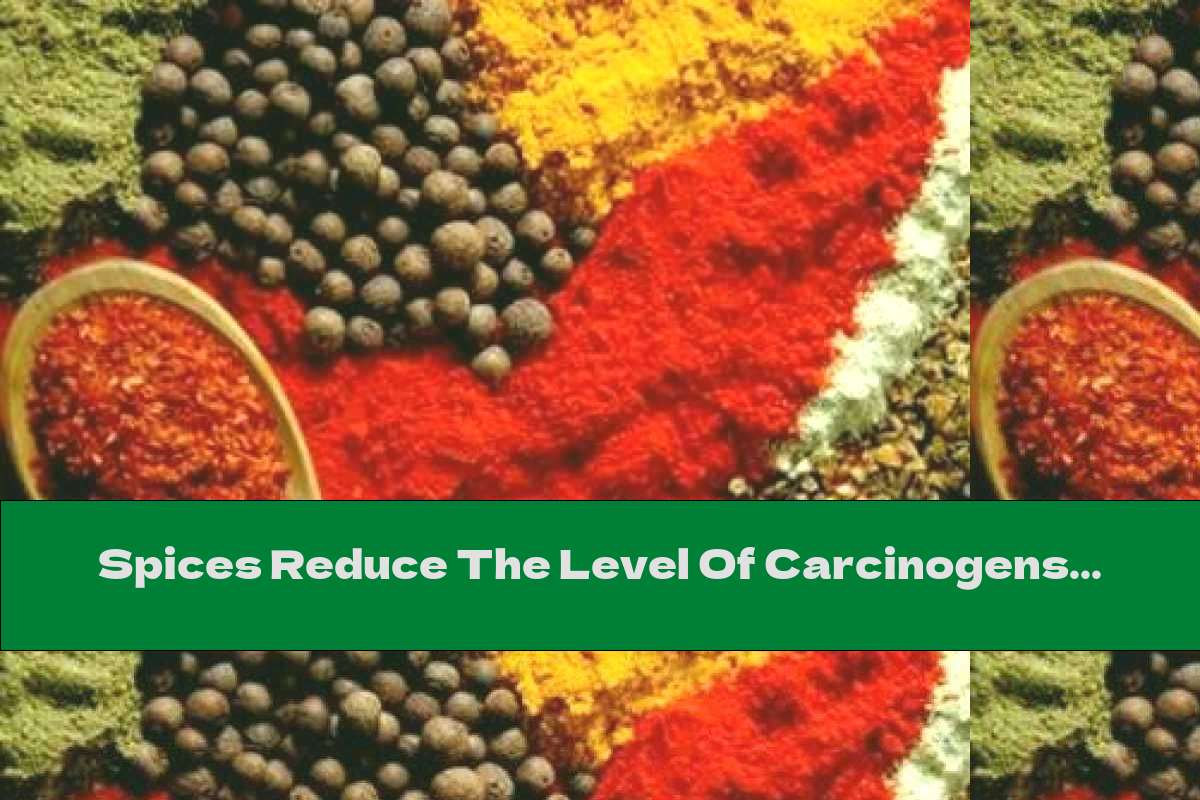Spices Reduce The Level Of Carcinogens In Fried Meat
 Author: Nia Rouseberg
Time for reading: ~1
minutes
Last Updated:
August 08, 2022
Author: Nia Rouseberg
Time for reading: ~1
minutes
Last Updated:
August 08, 2022

When processing meat with spices containing antioxidants, the content of polycyclic aromatic hydrocarbons and aldehydes is halved ...
Spices not only improve the aroma and taste of dishes, but can also reduce the risk of cancer, say US scientists.
It is known that the heat treatment of food, and especially the frying of meat, releases polycyclic aromatic hydrocarbons and aldehydes, which are considered carcinogenic contaminants, as well as ultrafine particles, which are toxic to the lungs. According to the results of a number of studies, prolonged exposure to these substances may increase the risk of cancer of the intestine, stomach, pancreas, breast and prostate.
Professor J. Scott Smith and colleagues at the University of Kansas found that when meat was treated with spices that contained natural antioxidants, the presence of polycyclic aromatic hydrocarbons and aldehydes was reduced by almost half .
It has also been found that the level of carcinogenic substances released during food processing is also affected by the temperature at which the meat is fried. The highest levels of polycyclic aromatic hydrocarbons and aldehydes were reported for meat fried above 180 degrees.
The highest levels of aldehydes and fine particles are found when frying on a gas stove, where the temperature of the heat treatment is significantly higher.
The research team, led by Prof. Smith, tested the antioxidant activity of some of the most popular and commonly used spices such as black pepper, cumin, coriander, ginger, rosemary and turmeric. It turns out that the last three of the listed spices have the most pronounced antioxidant effect, with the properties of rosemary being the strongest.
Scientists plan to continue research to determine whether marinades, which are often used in cooking meat, affect the antioxidant properties of spices.
The results of the research are published on the website of the University of Kansas.
Related Articles
- Managing Cholesterol Levels with Milbonalifecholesterlowvbenecol
- Nutritional Benefits of Ox Heart: A Guide to Protein-Rich Organ Meat
- The Ultimate Guide to Honey Fried Chicken: Nutrition, Recipes, and More
- The Power of Lean Meat: Benefits, Nutrition, and Recipes
- Optimizing SGPT Levels Through Nutrition: A Comprehensive Guide